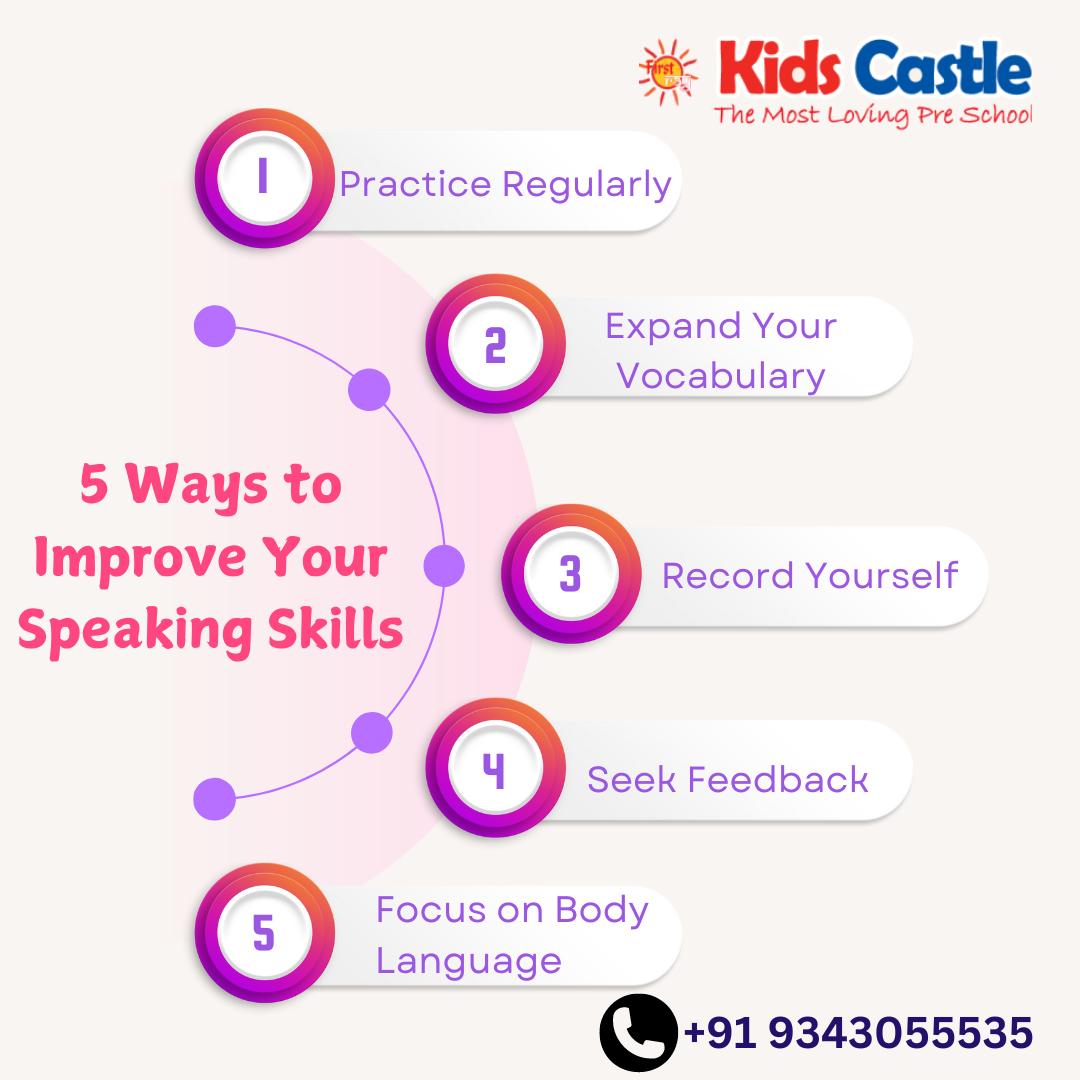Effective communication is the cornerstone of any thriving relationship, yet it is often an area where many couples face challenges. Understanding how to convey thoughts, emotions, and needs clearly can transform your partnership, fostering deeper connection and mutual respect. In this guide, we will explore the best strategies to enhance communication with your partner. From mastering the art of active listening to navigating difficult conversations with empathy and clarity, these techniques are designed to empower you and your partner to build a more harmonious and understanding relationship. With these tools, you can break down barriers, resolve conflicts, and create a lasting bond based on open and honest dialogue. Dive in to discover how you can start transforming your communication today.
Understanding Your Partners Communication Style
To communicate effectively with your partner, it is crucial to delve into the nuances of their communication style. Recognizing and adapting to these differences can significantly enhance your relationship. Some partners may prefer direct and logical conversations, while others might lean towards emotional and intuitive exchanges. Identifying these preferences allows you to tailor your approach, ensuring your message is received as intended. Consider these strategies to better understand and adapt to your partner’s style:
- Observe their reactions: Notice how your partner responds to various communication methods. Are they more receptive to verbal affirmations or written notes?
- Ask open-ended questions: Encourage dialogue by asking questions that invite more than a yes or no answer, allowing your partner to express themselves fully.
- Acknowledge non-verbal cues: Pay attention to body language, facial expressions, and tone of voice, as these can provide insights into their true feelings.
- Practice active listening: Show genuine interest by paraphrasing what your partner says, which confirms understanding and demonstrates empathy.
By honing in on these aspects, you can foster a more harmonious and effective communication dynamic, paving the way for a stronger and more resilient partnership.

Practicing Active Listening for Deeper Connection
One of the most profound ways to strengthen your bond with your partner is by embracing the art of active listening. This involves fully focusing, understanding, and responding thoughtfully during conversations. Active listening goes beyond merely hearing words; it’s about being present and engaged. Start by giving your partner your undivided attention. This means putting away distractions like phones or the TV, maintaining eye contact, and using body language that shows you are engaged. Reflect on what your partner is saying by paraphrasing their words and asking clarifying questions, which demonstrates that you value their thoughts and feelings.
- Reflective Listening: Echo back what you hear to ensure understanding.
- Empathy: Show genuine interest in your partner’s perspective and emotions.
- Patience: Allow your partner to express themselves fully without interruption.
Remember, the goal is to create a safe space where your partner feels heard and respected. This practice fosters mutual respect and lays the foundation for a deeper emotional connection, ultimately enhancing your overall communication dynamics.
Expressing Emotions Clearly and Constructively
When it comes to sharing your feelings with your partner, clarity and constructiveness are key. Begin by identifying your emotions. Instead of vague expressions like “I’m upset,” try to pinpoint the exact feeling, such as “I feel hurt” or “I feel neglected.” This specificity helps your partner understand your perspective more clearly. Use “I” statements to express how you feel and why. For instance, “I feel unappreciated when my efforts go unnoticed,” instead of “You never appreciate me.” This approach focuses on your feelings rather than placing blame, reducing defensiveness.
- Stay calm and composed: Emotions can be intense, but maintaining a calm demeanor helps in communicating effectively.
- Choose the right time: Discuss emotions when both of you are in a relaxed state, rather than during heated moments.
- Practice active listening: Show empathy by listening to your partner’s perspective without interrupting.
- Seek solutions together: After expressing emotions, work collaboratively to find a resolution that satisfies both parties.
Remember, the goal is to foster a deeper understanding and connection, not to win an argument. With practice, can become a natural part of your relationship dynamics.
Resolving Conflicts with Empathy and Respect
In any relationship, disagreements are inevitable, but the way you approach these conflicts can significantly impact the outcome. One of the most effective methods is to approach disagreements with empathy and respect. Start by genuinely listening to your partner’s perspective. This means giving them your full attention, without interrupting or planning your response while they are speaking. Recognize and validate their feelings by saying things like, “I understand that this is important to you” or “I can see why you feel that way.”
Here are some key strategies to keep in mind:
- Stay Calm: Take a deep breath and ensure your tone remains neutral. This helps to de-escalate tension.
- Use “I” Statements: Express your feelings without blaming. For example, “I feel upset when…” instead of “You always make me feel…”.
- Seek Common Ground: Identify areas where you both agree, which can serve as a foundation for resolution.
- Set Boundaries: Agree on a time to revisit the discussion if emotions run too high, ensuring both parties feel comfortable and heard.
By prioritizing empathy and respect, you foster a nurturing environment where both partners feel valued and understood, paving the way for more effective communication and a stronger relationship.




